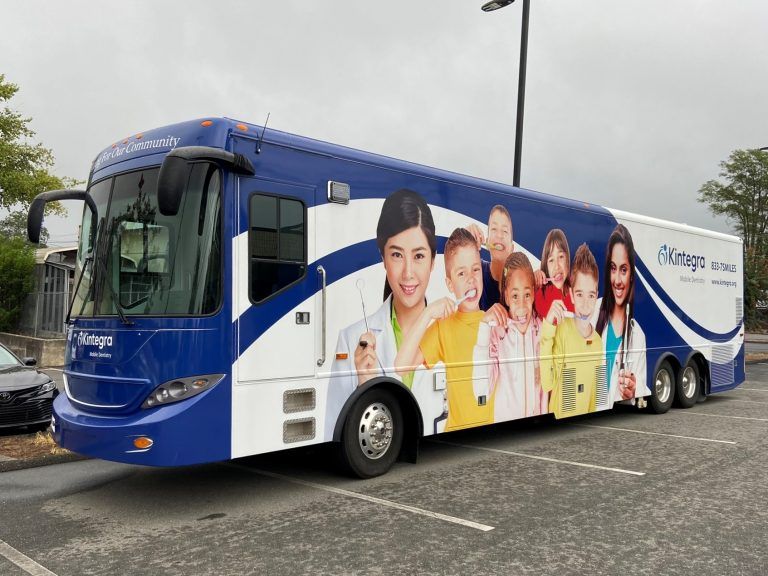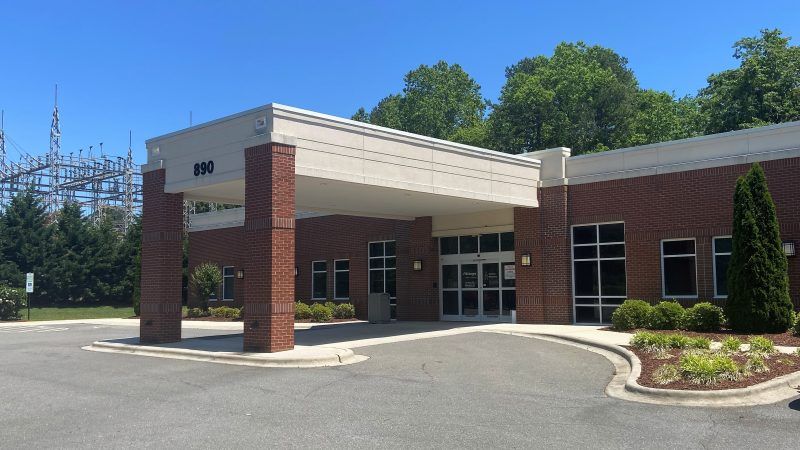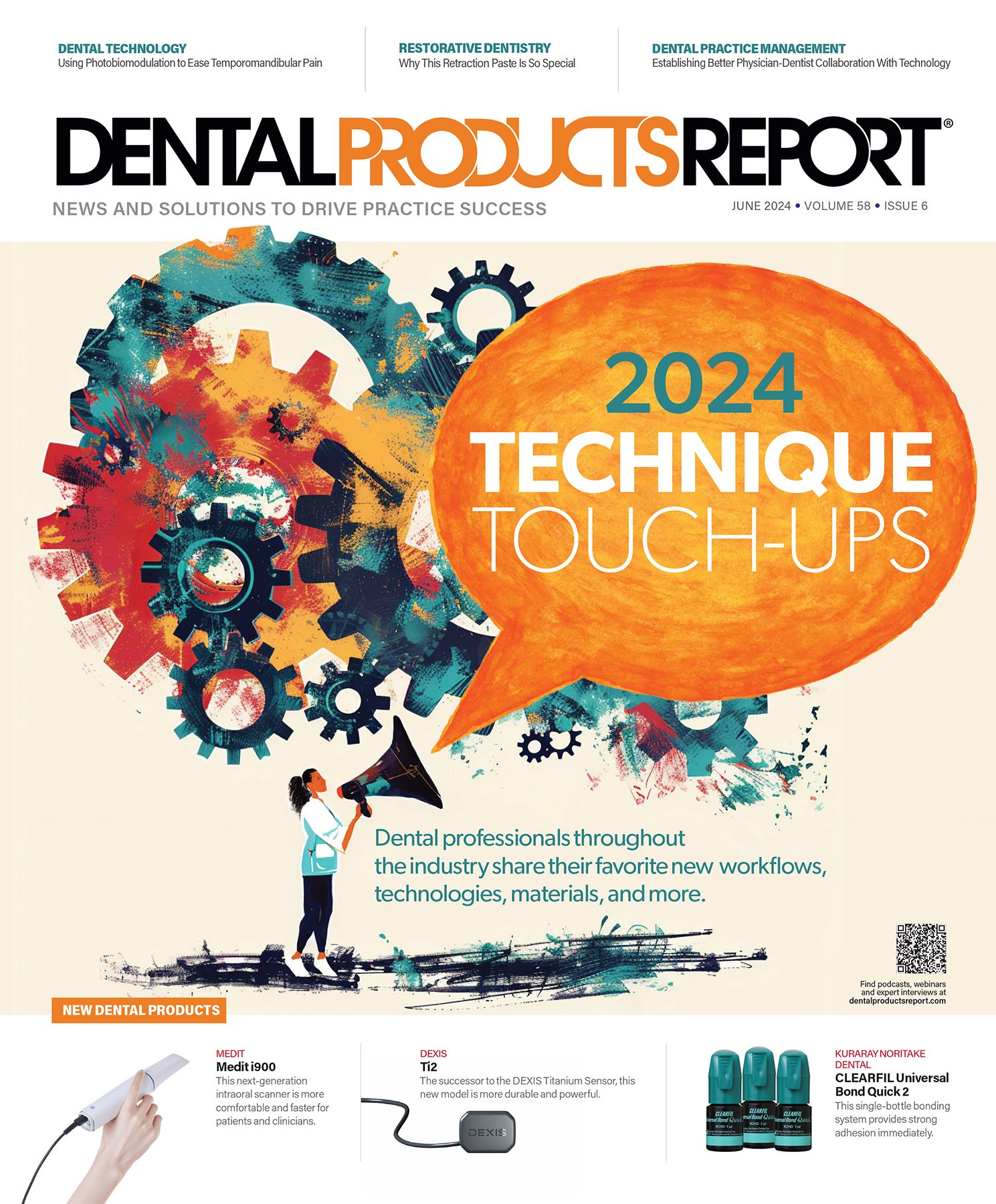Deep Dive: Establishing Better Physician-Dentist Collaboration With Technology
With the help of MouthWatch, Kintegra Health is working to close the gap between medical and dental care and has collaboration success stories that show how it is keeping patients out of the emergency department.
On our way: With the help of technology, the programs are on their way to delivering whole-person care and establishing a higher level of clinical excellence to their patients. | Image Credit: © Kintegra Health

Kintegra Health is a federally qualified health center. Specifically, we are a community-sponsored, family health–centered health care organization that offers treatment, education, and preventive services regardless of a patient’s ability to pay. More than half of our patients are under Medicaid, and the rest are self-pay and private insurance patients.
Kintegra’s origins go back to 1989 in Gastonia, North Carolina—the result of the formation of a local task force of concerned citizens, business leaders, and representatives from our local hospital. The task force was formed to address the concern that our town’s growing uninsured population was frequently using the local hospital’s emergency department to obtain primary medical and dental care. This task force was the catalyst for the formation of Gaston Family Health Services (GFHS).
In 1992, we saw our first medical patient, and then we added dental services in 1996. Our current services are much more holistic and include adult and pediatric primary care, behavioral health, pharmacy services, chiropractic, and podiatry. We will be adding optometry to our school-based programs in 2024.
In April 2020, we rebranded GFHS as Kintegra Health. We made the change to better represent our growth in multiple counties outside of Gaston and our expanded comprehensive and integrated health care services.
COVID-19’s Silver Lining: Innovation
When the COVID-19 pandemic struck in the middle of our rebrand, we did not know what to expect or how we were going to continue caring for the underserved community that had been depending on us for health care services. We certainly did not want to see a return to the situation that prompted our formation in 1992—overwhelming the local emergency department. We knew we had to be innovative once again.
After much thought, we decided to take a virtual patient care approach and implement digital imaging and teledentistry. Within the first few months of the pandemic, we equipped the public health hygienists on our mobile dental units with teledentistry-enabled MouthWatch intraoral cameras and never looked back.
We standardized MouthWatch cameras because they came highly recommended by Kintegra Health Dental Director Bill Donigan, DDS, MPH, who had been using them in his private practice for years. It had been his idea to equip Kintegra’s medical providers with intraoral cameras.
MouthWatch has its own award-winning teledentistry software named TeleDent, but its intraoral cameras integrate well with about any teledentistry platform. Because most of our providers were already familiar with Microsoft Teams, we integrated the cameras with that platform to fast-track the teledentistry program during the pandemic and ensure its widespread adoption among our dental and medical providers.
The New, Bilateral Clinical Workflow
Kintegra Health has its medical and dental providers and its front office personnel as part of our workflow, so having the ability to close the medical-dental loop very quickly when patients seek care is a great advantage. By using the MouthWatch camera with Microsoft Teams, we were able to easily integrate intraoral images into our existing medical-dental collaborative workflow. Here is the medical-dental referral process:
1 If a patient complains of pain or has oral health concerns, the medical provider will request that their medical assistant take intraoral photos with the MouthWatch camera.
2 The medical assistant then makes a dental referral in their electronic records (which is Epic to dental), and the intraoral images are uploaded into a transfer file that the medical and dental teams can access.
3 The medical assistant then sends a Teams message to the dental provider, who will respond with a patient urgency-of-care assessment of level 1, level 2, or level 3.
Level 1 signifies that the patient needs to be seen within 24 to 48 hours and that the patient is expressing a pain level of 9 or 10 (the dental provider includes this in a report shared with medical).
Level 2 indicates the patient could wait to be seen within a week.
Level 3 means the patient’s dental appointment can be pushed out further, within 2 weeks.
This process is similar but reversed as the referral is from medical to dental in these cases.
Quickly Closing the Care Gap
Since we adopted this workflow, the feedback from our medical providers has been positive. They are frequently surprised by how quickly we can get their patients’ intraoral images reviewed by our dental providers and scheduled for treatment if necessary.
Closing the gap: Kintegra Health, formerly known as Gaston Family Health Services, uses teledentistry to allow a medical-dental collaboration that in turn helps close the medical-dental care gap and assist more patients.

This quick collaboration is made possible with teledentistry, whereby we conduct an initial evaluation and create a treatment plan that we can present when the patient or patient and guardian come to the clinic. Very often when the medical and dental teams work in the same location, we can start dental treatment the same day, which is not only convenient for the patient but quickly closes the loop with our medical providers.
Collaborative Care Success Snapshots
We had a 5-week-old being seen in one of our pediatric offices. The pediatric medical team sent an intraoral photo of an eruption cyst to one of our pediatric dental providers in the same building. She was able to walk to the medical office within minutes and give that mom peace of mind by letting her know that the eruption cyst would dissolve on its own and there was nothing to worry about.
A child with lymphadenitis had an abscess associated with the stainless steel crown on a primary molar. Medical and dental teams agreed to send this patient to the emergency department immediately so he could receive intravenous antibiotics. He returned to the dental clinic a week later for extraction of that abscessed primary tooth. This was an example of optimal care for that patient because we were able to agree to send him to the emergency department right away and not waste time having him come to the dental clinic first.
In another instance, our pediatric medical facility forwarded a photograph to our dental team. Nearly every tooth in this child’s mouth had decay. Although the original photo was just a broad-spectrum picture of the mouth, the dental team took more photos to demonstrate how bad the patient’s oral health was. In addition, this child had a cardiac episode. Thanks to teledentistry and our patient navigator, we were able to virtually refer that child from the pediatric medical clinic to a pediatric dentist who looked at the data and responded within a half-hour. The good news was the child never had to leave the medical clinic for the dental evaluation, and the cardiac referral received top priority and was processed the same day.
Some cases are more troubling. Our dental team recently received an intraoral photo taken at one of our schools, and the child had a papilloma on his palate. Coincidentally, our dental team had recently attended a lecture regarding how to identify the signs of child abuse during oral examinations. We immediately turned this case over to our Department of Social Services. If we were not taking intraoral photos in the schools, this incident would have been missed and that child would still be enduring sexual abuse. Thanks to digital imaging and teledentistry, Kintegra Health can be an active advocate for child safety in every community we serve.
Conclusion
When we started the medical-dental integration program, we were not sure how it was going to unfold or what the response among our medical and dental providers would be. Fortunately, our medical and dental teams have been very receptive. I was not surprised about the support among dental providers, as they are taught in dental school to touch every single tooth.
I was, however, pleasantly surprised when some of the medical providers said to me, “Hey, we never really referred to dental because we never knew if our patients were actually seen.” Once we were able to get our medical providers excited, Kintegra Health was well on its way to delivering whole-person care and establishing a higher level of clinical excellence for our patients—and we are keeping them out of the emergency department.
